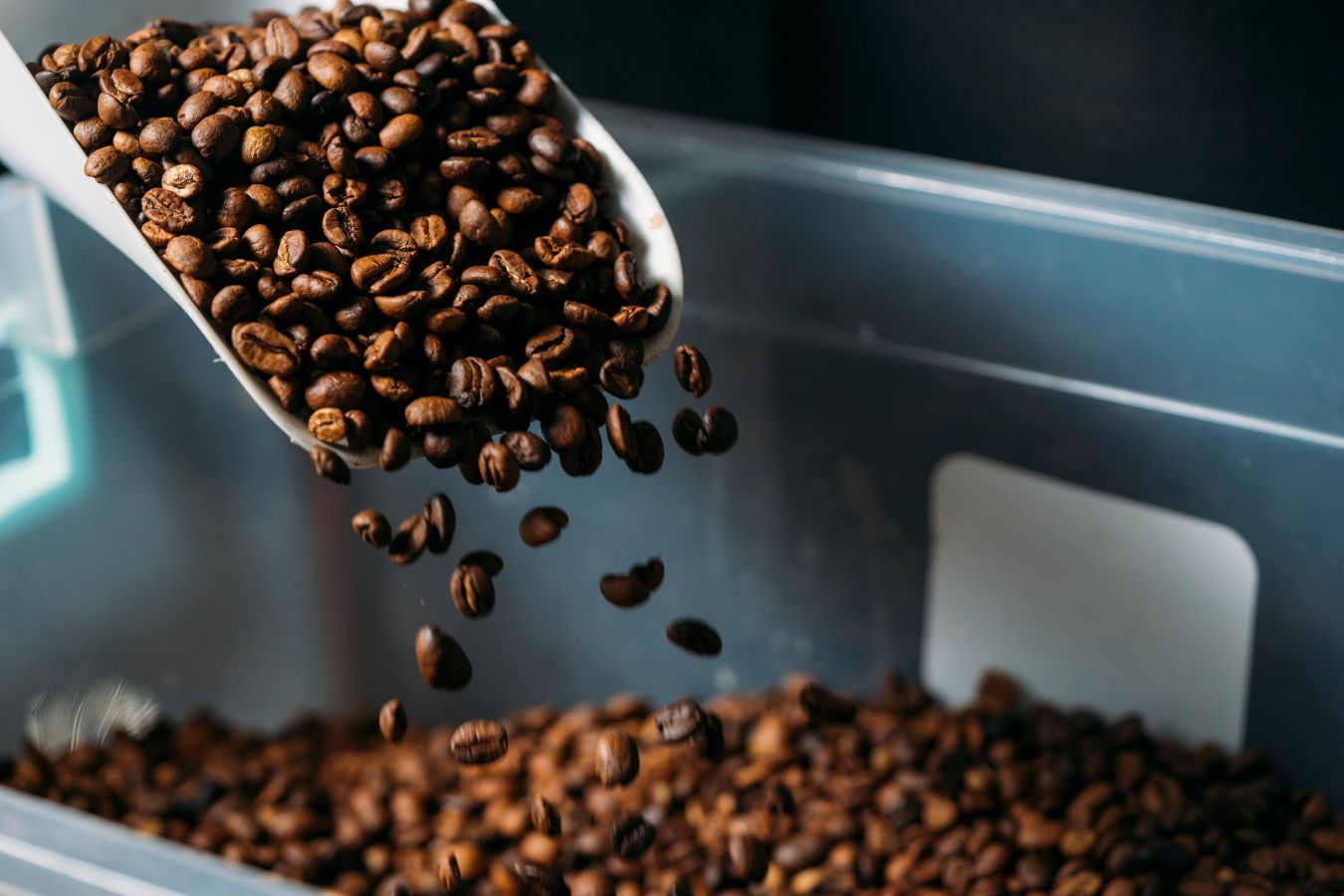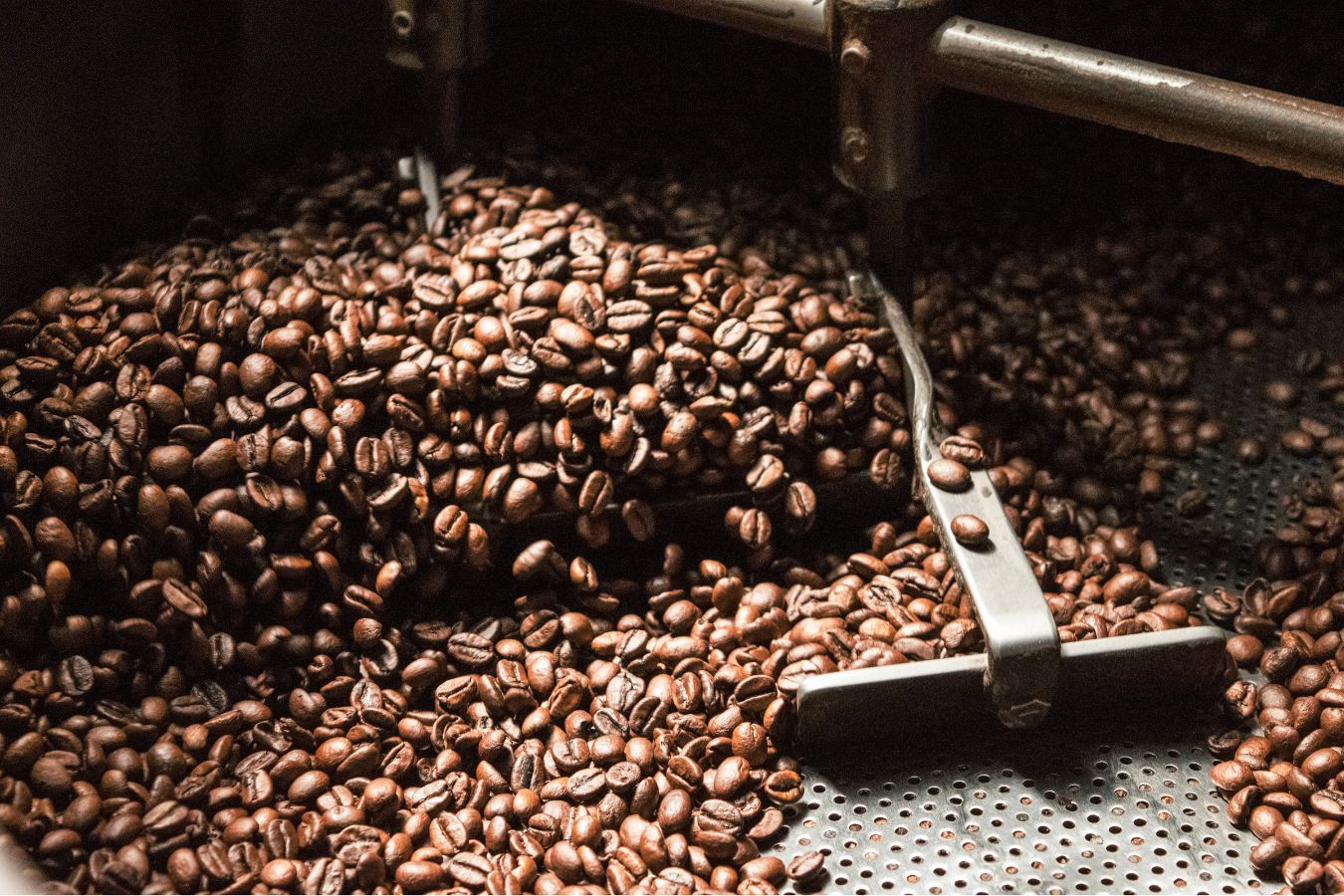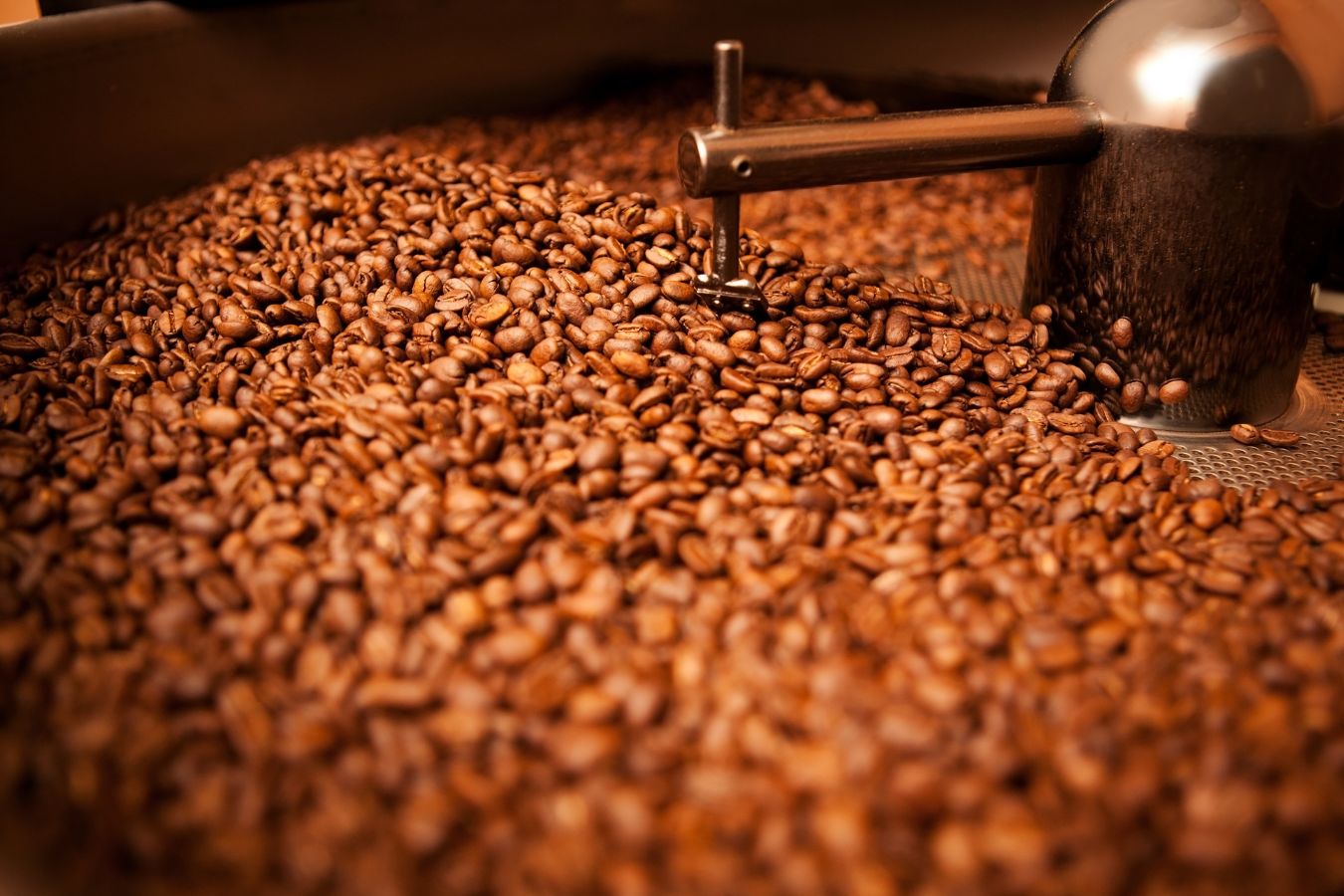
What Is Coffee Degassing Processing? Do you always think that coffee is as fresh as possible? The better the new coffee will be. But that’s not always the case. You don’t want to drink coffee for a long time. But making coffee immediately after roasting can lead to a disappointing cup of coffee. That’s because the coffee hasn’t been degassed enough. Whether you’re a roaster or barista, you need to know about this. Let’s find out the meaning of degassing for coffee making.
What Is Coffee Degassing?
Coffee degassing, also known as Degas coffee, is called degassing coffee. Degassing is the process of releasing gases from coffee to the outside. It consists of a lot of CO2 (carbon dioxide) forming inside the coffee beans during roasting.
These gases are released a lot in the first few days after roasting. The problem is that the gas that escapes can create small foam when you’re out for coffee. These airbags can disrupt the contact between coffee and water. That results in the compounds that produce the aroma and taste in coffee not being evenly extracted.

In simple words, if you make freshly roasted coffee, it can harm the taste and composition of the coffee. Therefore, you should wait a few days after roasting before mixing. That is the period when a gas release occurs, also known as the degassing process.
Why Does Carbon Dioxide Appear In Coffee?
Coffee beans have to undergo various chemical reactions during roasting. Complex carbohydrates (macronutrients) are broken down into smaller molecules; coffee beans turn brown. And then a lot of steam and also carbon dioxide was created.
When you hear or see the first crack, it’s the accumulation of gas that causes pressure large enough to break down the cell wall of a coffee bean. Throughout the roasting process, the development of the gas continues.
Ensei Neto is the founder of The Coffee Traveller. He says that the most important chemical reaction is at the end of the roasting process. Because this is when sugar metabolism occurs. And when energy is released, this process produces gas inside the coffee beans.
Coffee Degassing: Should Be Just Enough
The presence of carbon dioxide in coffee beans is not a bad thing. It has an important role to play in the quality of coffee. A 2018 report in the Journal of Agricultural and Food Chemistry said CO2 is an indicator of freshness. CO2 plays a vital role in shelf life and also in packaging. Carbon dioxide also affects the extraction process, which is involved in crema formation. It can also affect the feeling when you enjoy coffee.
Therefore, if the coffee is degassed too much, the taste will no longer impress. Only degass to a sufficient degree, avoiding coffee being simulated. Juan Mario Carvajal, the co-founder of Latam SCA, has said that gas still escapes an indicator of freshness. But if the coffee is “too fresh,” it will prevent the coffee from being extracted completely.

If the degassing process of the coffee is not enough, it may take longer to make a cup of espresso because the amount of gas in the coffee will interfere with the water. Although this amount of gas can help create a more impressive-looking crema layer. But the taste will become less than ideal because they have been interrupted during the extraction process.
Joe Behm is president of Behmor, a company that makes SCA-certified home roasters and intelligent coffee machines. He says it’s essential to digest coffee so that the taste radiates to the fullest.
He gives an example of Guatemalan roast coffee in his award-winning Behmor 1600 Plus. After 72 hours, he said, it had a rubbery taste. But after 96 hours, the chocolate taste became more apparent, and the coffee characteristics were formed.
How Much Time Does It Take To Degass?
The degassing process allows the dispersion of carbon dioxide produced during roasting. But it would help if you didn’t want all this gas to go away. Instead, you should only remove just enough gas. The right amount of carbon dioxide will help the coffee burn and spoil.
How long the degassing process takes place after roasting depends on several factors. In general, the first three days to two or three weeks after roasting is considered the right time to make coffee. But each type of coffee has its unique characteristics. Therefore, the necessary degassing time of each class is different. Factors such as brewing method, processing method, roasting profile. All affect the duration of the degassing process.
Sharayah Harper, co-founder of Uncharted Coffee Co. in Pueblo, Colorado, USA. Sharayah said the harvesting and processing process, drying, and water content are always different. The size of each coffee bean is also different. So this is why the degassing time of each type is the other.
Coffee Brewing Method
If you use the pour-over method or French press, you can use coffee for a few days after roasting. That is because coffee has more prolonged exposure to water.
Conversely, if you want to make an espresso shot, the coffee drips mean that carbon dioxide has a more significant effect on the extraction. You could say it’s an exceptional coffee. It takes time to “rest.” You’ll never see an espresso made with freshly roasted coffee. It’s essential to give coffee time off. And degassing is necessary for coffee taste.
Mark Michaelson is ahead roaster at Onyx Coffee Lab and the 2017 US Roasting competition. Mark says he usually lets his coffee rest for five to seven days after roasting to make espresso. That will mainly make it easier to make coffee.

Mark added that when Onyx coffee is used in competitions, it usually has to be roasted for 10 to 21 days because it makes the extraction easier.
Processing Methods
The standard methods of processing coffee are natural, washed, and honey processing. The way coffee is processed also has a particular effect on the degassing process. Mark says naturally processed coffee takes a longer degassing time than washed-processed coffee.
Roasting Profile
Roasting will speed up degassing because the beans have been more deformed. Sugars have more chances of being transformed. And there are many more minor cracks that allow the release of carbon dioxide.
Sharayah says that you have plenty of coffee beans intact with light roasting. That means that weak roasted coffee will need more time to degass more.
If the coffee is roasted unevenly, it can create layers inside the coffee beans. These layers can degass at different times, depending on their level of development. And this will change the rate of degassing.
How To Keep Coffee Fresher For Longer
How to ensure that you enjoy a cup of coffee that has been degassed at the “right” level.
Sharayah recommends having a proper preservation and brewing plan, so that roasted coffee doesn’t last too long. Mark said Onyx uses nitro exhaust systems to seal bags to extend its use.
He usually packs coffee between 20 minutes and an hour after roasting. However, these bags all have degassers. Most of Mark’s coffee is delivered to customers after three days.
Tip For Home Roasters
Home roasters are people who roast coffee at home. Because of roasting coffee at home, they may not have the right to use nitro flushing systems. But they also don’t have problems with large volumes of coffee and global logistics.
So That The Coffee Has Enough Time To Degass.
Joe says if you work with the hypothesis that coffee starts losing its flavor within seven days of roasting, then by day eight, you tend to lose some of the properties in coffee. Joe also added that as soon as he opens a bucket of coffee beans, he will roast and let it degass for four days.
Store Coffee After Proper Degassing
Joe also reuses large yogurt juts to store his roasted coffee. Joe says that for me, this is the ideal coffee container. Because these tanks are not airtight, gas can still get out. These vases are also not exposed to the sun because they are white plastic.

We often see airtight containers advertised as ideal for preserving coffee to stay fresh. But when you’re using freshly roasted coffee at home, the container must allow carbon dioxide to escape. And it would help if you considered roasting a sufficient amount of coffee to be able to use all the coffee before you get burned.
Degassing can be the difference between good coffee and disappointing ones. But you don’t have to be too complicated by this. The only problem is leaving the coffee after roasting, having time to release excess CO2.
To know when your coffee has been roasted. Consider your coffee storage and processing methods. And don’t forget that every coffee bean is different. Some particles will take longer than others to digest. If the coffee has been roasted for a few days and has not yet been extracted as you want, give the coffee a little more time. Just don’t let it digest for a month.
This article has provided you with the meaning of degassing for coffee making. I hope you have had a better view of degassing and what it means.
Source: https://hocagroup.com – The Meaning Degassing For Coffee Making